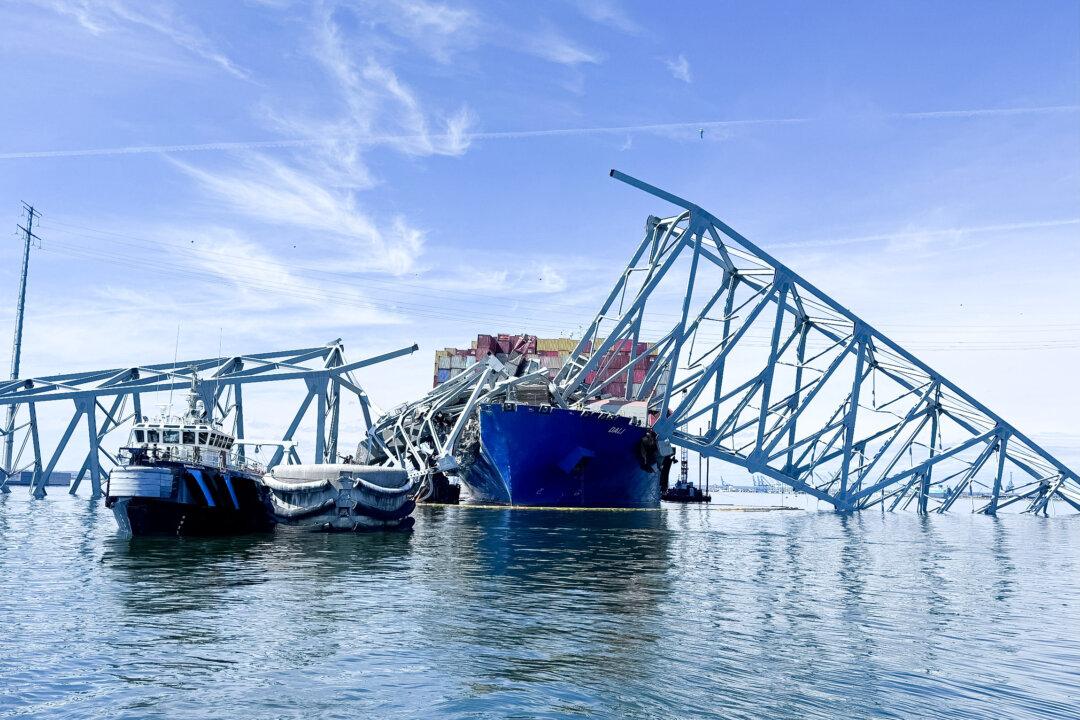When two congressional panels convene a joint hearing in the Port of Miami on April 5, it will mark the first official assembly of federal lawmakers since a container ship knocked down Baltimore’s Francis Scott Key Bridge on March 26, killing six and shutting down one of the U.S. East Coast’s busiest ports.
The events that led up to the ship crash, who pays for what and when, and the state of U.S. ports—and infrastructure, more generally—are topics certain to surface when the House Transportation & Infrastructure Committee’s Coast Guard & Maritime Transportation Subcommittee, and the House Homeland Security Committee’s Transportation & Maritime Security Subcommittee meet for a “Port Safety, Security, and Infrastructure Investment” presentation.





